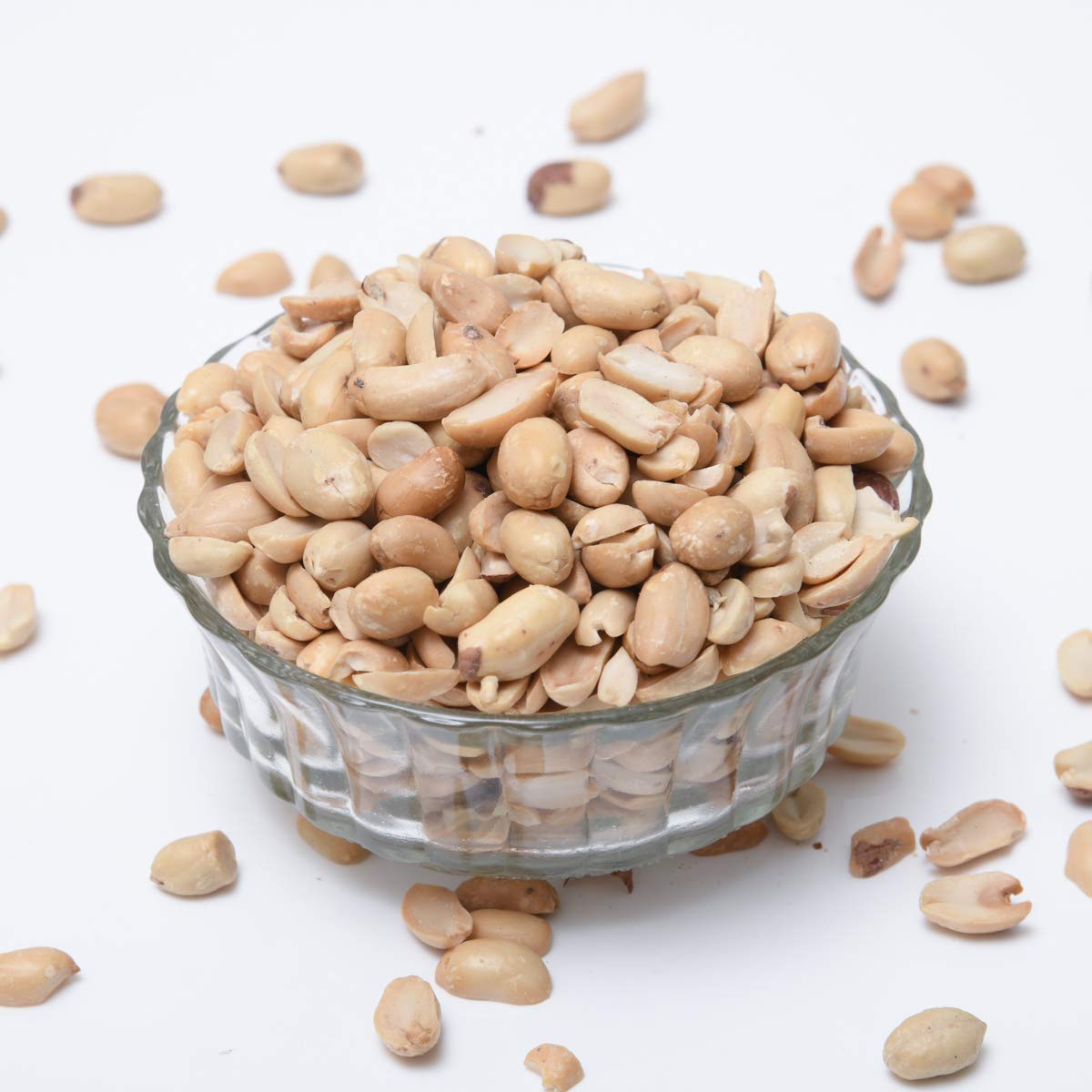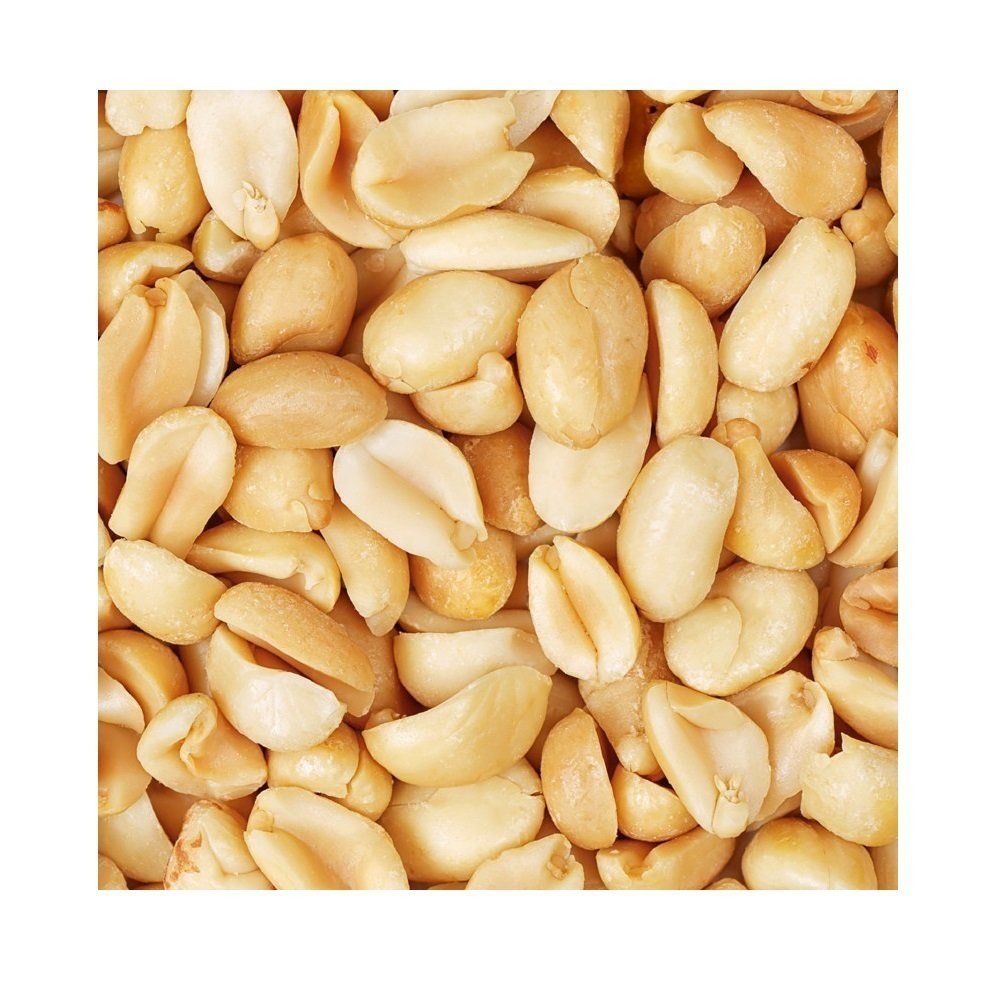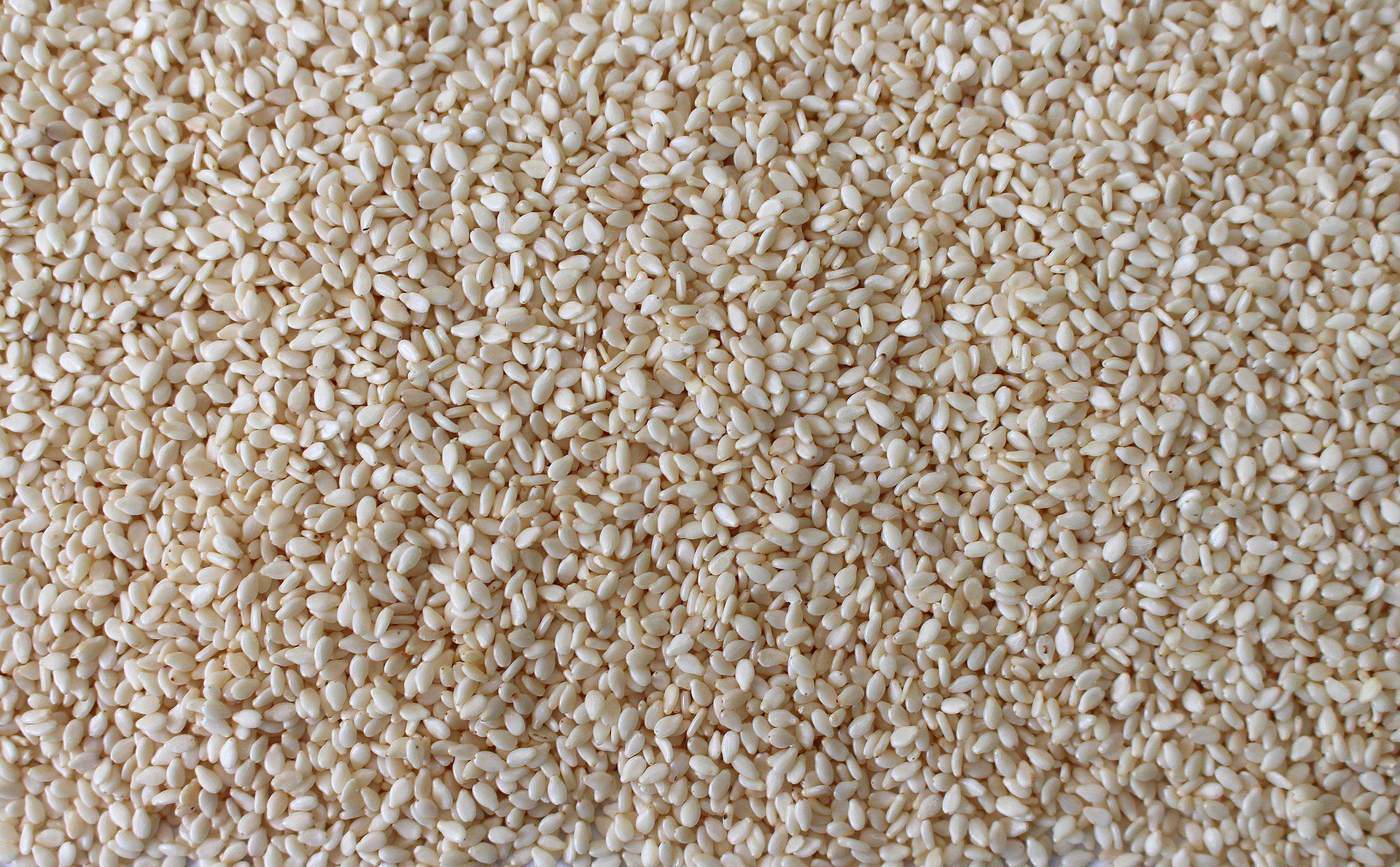Roasted peanut kernels
Specification
Introduction
Roasting imparts the typical flavor many people associate with peanuts. During roasting, amino acids and carbohydrates react to produce tetrahydrofuran derivatives. Roasting also dries the peanuts further and causes them to turn brown as peanut oil stains the peanut cell walls. Following roasting, peanuts are prepared for packaging or for further processing into candies or peanut butter.
Dry roasting is either a batch or continuous process. Batch roasters offer the advantage of adjusting for different moisture contents of peanut lots from storage. Batch roasters are typically natural gas-fired revolving ovens (drum-shaped). The rotation of the oven continuously stirs the peanuts to produce an even roast. Oven temperatures are approximately 430°C (800°F), and peanut temperature is raised to approximately 160°C (320°F) for 40 to 60 min. Actual roasting temperatures and times vary with the condition of the peanut batch and the desired end characteristics. Continuous dry roasters vary considerably in type. Continuous roasting reduces labor, ensures a steady flow of peanuts for other processes (packaging, candy production, peanut butter production, etc.), and decreases spillage. Continuous roasters may move peanuts through an oven on a conveyor or by gravity feed. In one type of roaster, peanuts are fed by a conveyor into a stream of countercurrent hot air that roasts the peanuts. In this system, the peanuts are agitated to ensure that air passes around the individual kernels to promote an even roast.
Dry roasted peanuts are cooled and blanched. Cooling occurs in cooling boxes or on conveyors where large quantities of air are blown over the peanuts immediately following roasting. Cooling is necessary to stop the roasting process and maintain a uniform quality. Blanching removes the skin of the peanut as well as dust, molds, and other foreign material.







